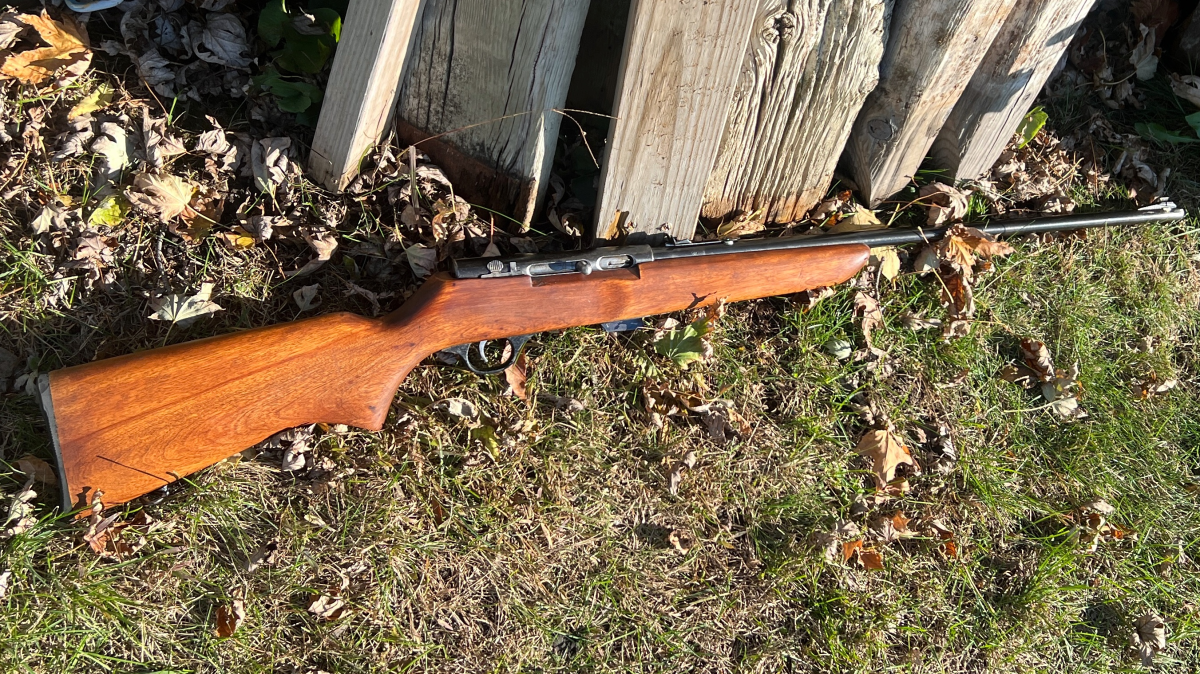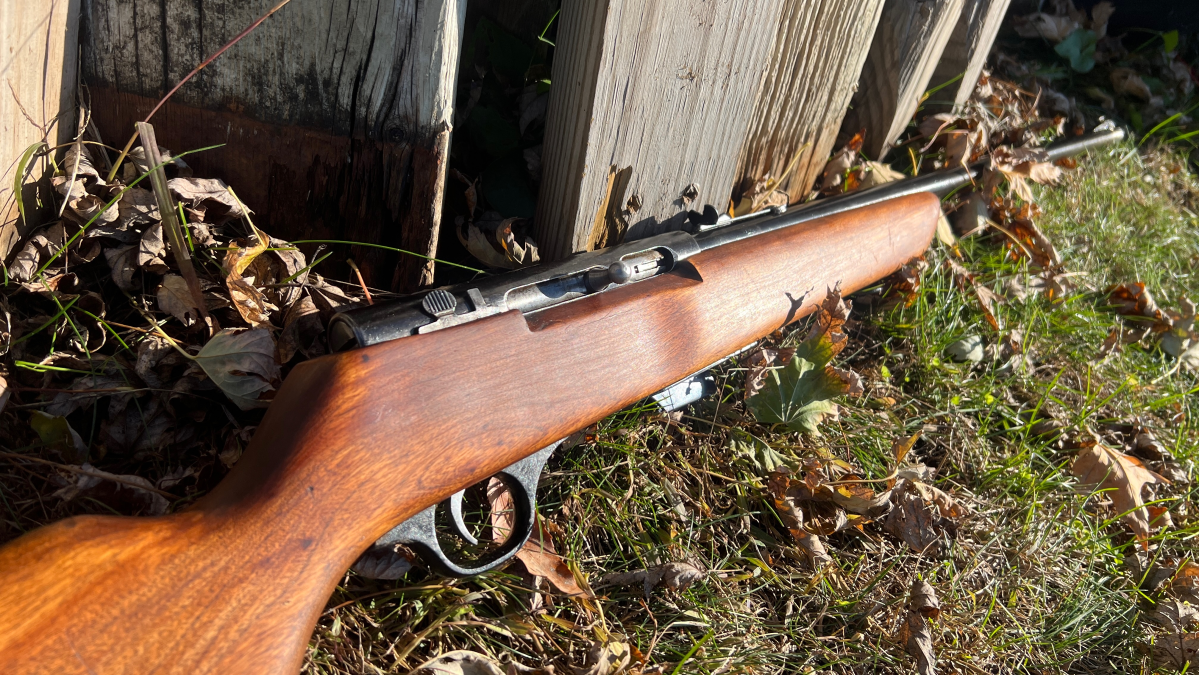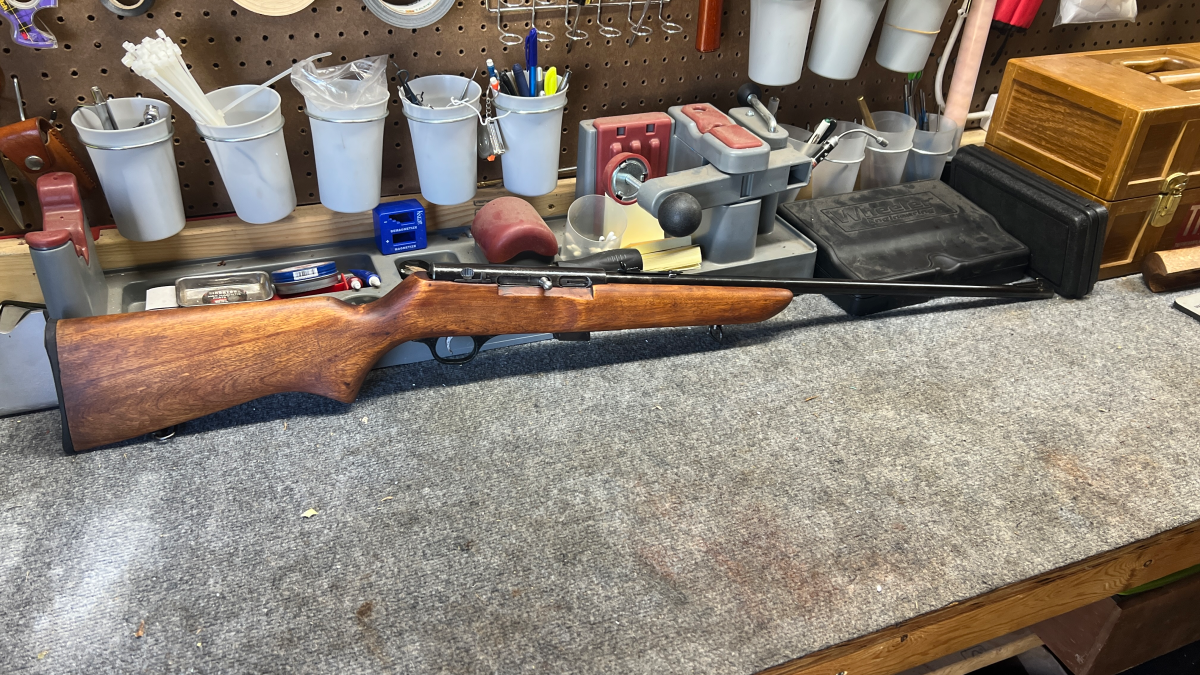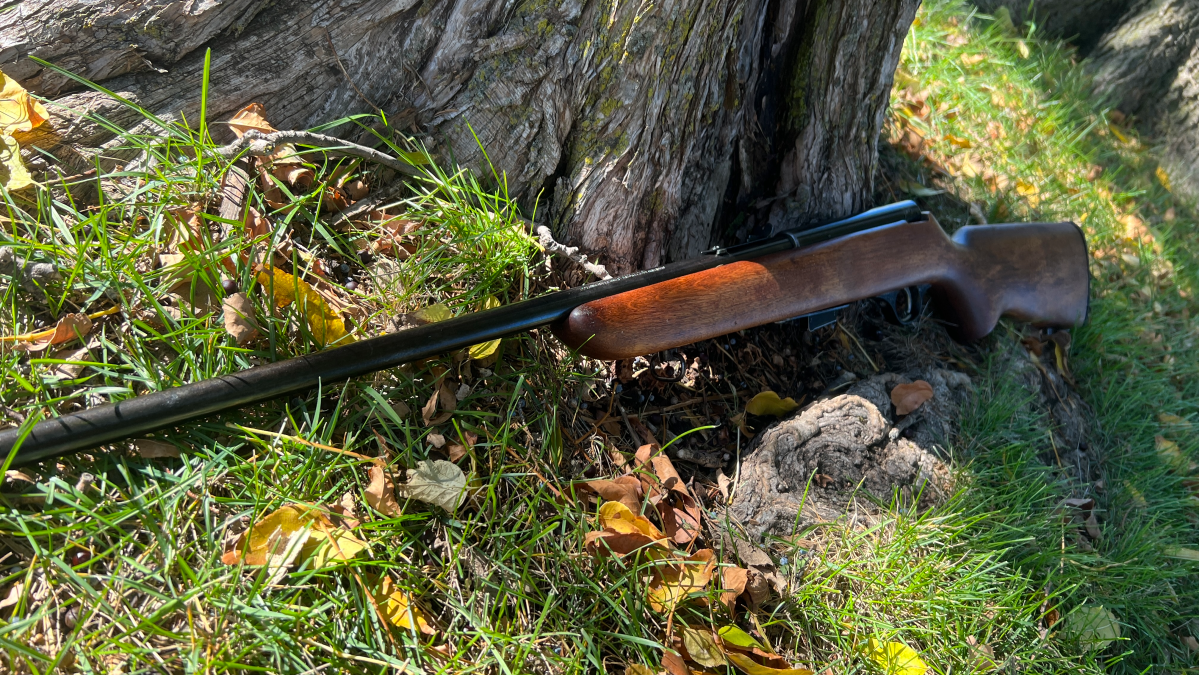Curious Relics #078: Back From The Dead – Marlin A1
Sam.S 11.29.23

Welcome, if you are a newcomer to this fun bi-weekly segment of AllOutdoor.com! In our previous topic, covered the crude sidearm of World War One, the Spanish Ruby. We covered it in every possible facet and they can be found in the links below. Today we are diving into the Marlin A1, a firearm ressurection that I completed and chronicled over on our sister site TFB in the Armorer’s Bench series. Let’s jump right in! If you want to see this gun go from a rusty boat anchor to a conserved piece of history make sure to check out firearm conservations!
Recent Content in Curious Relics:
- Curious Relics #074: A Historic Gem – The Spanish Ruby
- Curious Relics #075: A Dime a Dozen – The Spanish Ruby Pistol
- Curious Relics #076: Ruby in The Rough – Spanish Ruby Pistol
- Curious Relics #077: Ruby at The Range – Spanish Ruby Pistol
Welcome to our recurring series of “Curious Relics.” Here, we want to share all of our experiences, knowledge, misadventures, and passion for older firearms that one might categorize as a Curio & Relic – any firearm that is at least 50 years old according to the ATF. Hopefully along the way you can garner a greater appreciation for older firearms like we do, and simultaneously you can teach us things as well through sharing your own expertise and thoughts in the Comments. Understanding the firearms of old, their importance, and their development which lead to many of the arms we now cherish today is incredibly fascinating and we hope you enjoy what we have to share, too!
History Abridged: Marlin A1
Short Disclaimer: I found very little in the way of reliable sources and will need to hunt down some old books and revise as needed. I am presenting things I believe to be 100% true.
The Marlin A1 was introduced in 1936 as a successor to the Model 50, which was discontinued due to its open bolt design that eased conversion to fully automatic fire, concerning authorities. Retaining the Model 50’s aesthetic, the A1 made significant mechanical changes to align with peacetime expectations for recreational and small-game rimfire rifles.

Marlin Model 50 .22 Open Bolt Auto Rifle RARE. (n.d.). Bidsquare Inc. photograph. Retrieved November 29, 2023, from https://www.bidsquare.com/online-auctions/north-american-auction/marlin-model-50-22-open-bolt-auto-rifle-rare-1969922.
Most significantly, the A1 utilized closed bolt operation, reducing federal scrutiny risk while still employing the Model 50’s detachable 6-round magazine and ability to install a receiver peep sight. Early advertising priced the 24” barreled semiauto .22 at $12.60 in 1939.
Production numbers are scarce, but demand likely stayed consistent for the affordable rifle during its early years amidst a crowded market of bolt action and other self-loading models. However, the A1 balanced utility and fun with legal compliance and profitability – a difficult task for any firearms manufacturer, let alone a smaller firm rebuilding after bankruptcy.
The earliest A1 versions, sold 1936-1938, marked “Corporation” on the barrel, suggesting leftover pre-bankruptcy forged barrels were still being used. Model 50 DNA persisted internally and externally, with the stamped metal trigger guard, smooth takedown screw, and fiber butt plate marked by horizontal line groups. The safety remained at the rear receiver initially as well.
In 1939-1940, tweaks emerged like moving the safety right-side and introducing a plastic trigger guard and curved rubber butt plate on some models. The markings sometimes changed to the post-bankruptcy “Marlin Firearms Co.” This variety highlights Marlin’s flexibility and experimentation in translating the Model 50 into a commercially viable product amidst rapidly evolving consumer expectations, market demands for recreational arms, and legal restrictions on certain features.
While never a runaway sales leader, the A1’s ten year run ultimately bridged the Model 50’s niche audience to a broader post-war base of casual shooters and rural hunters through incremental refinement that left it well-positioned as an affordable, basic semiauto .22 rifle out of the box.
Further external stock changes and sights would come to the A1 lineup, but Marlin had achieved the foundation of reliable performance and accuracy balanced smartly against cost controls in a burgeoning everyman’s market. Quality semi-auto rimfires would get cheaper but at the expense of some ruggedness and charm. The A1 walked the fine line for several years, cementing Marlin’s reputation.
End of Part One: Marlin A1
In total, the Marlin A1 brought the closed bolt, six-shot semiautomatic design into alignment with peacetime expectations before disappearing from the market just 10 years after its introduction. As with many early semiauto rimfires, its production run was short but still gave recreational and small-game hunters an affordable, straightforward option tailored to .22 LR’s capabilities.
In closing, I hope our Curious Relics segment informed as well as entertained. This all was written in hopes of continued firearm appreciation and preservation. We did not just realize how guns were supposed to look and function. It was a long and tedious process that has shaped the world we live in. So, I put it to you! Is there a firearm out there that you feel does not get much notoriety? What should our next Curious Relics topic cover? As always, let us know all of your thoughts in the Comments below! We always appreciate your feedback.


